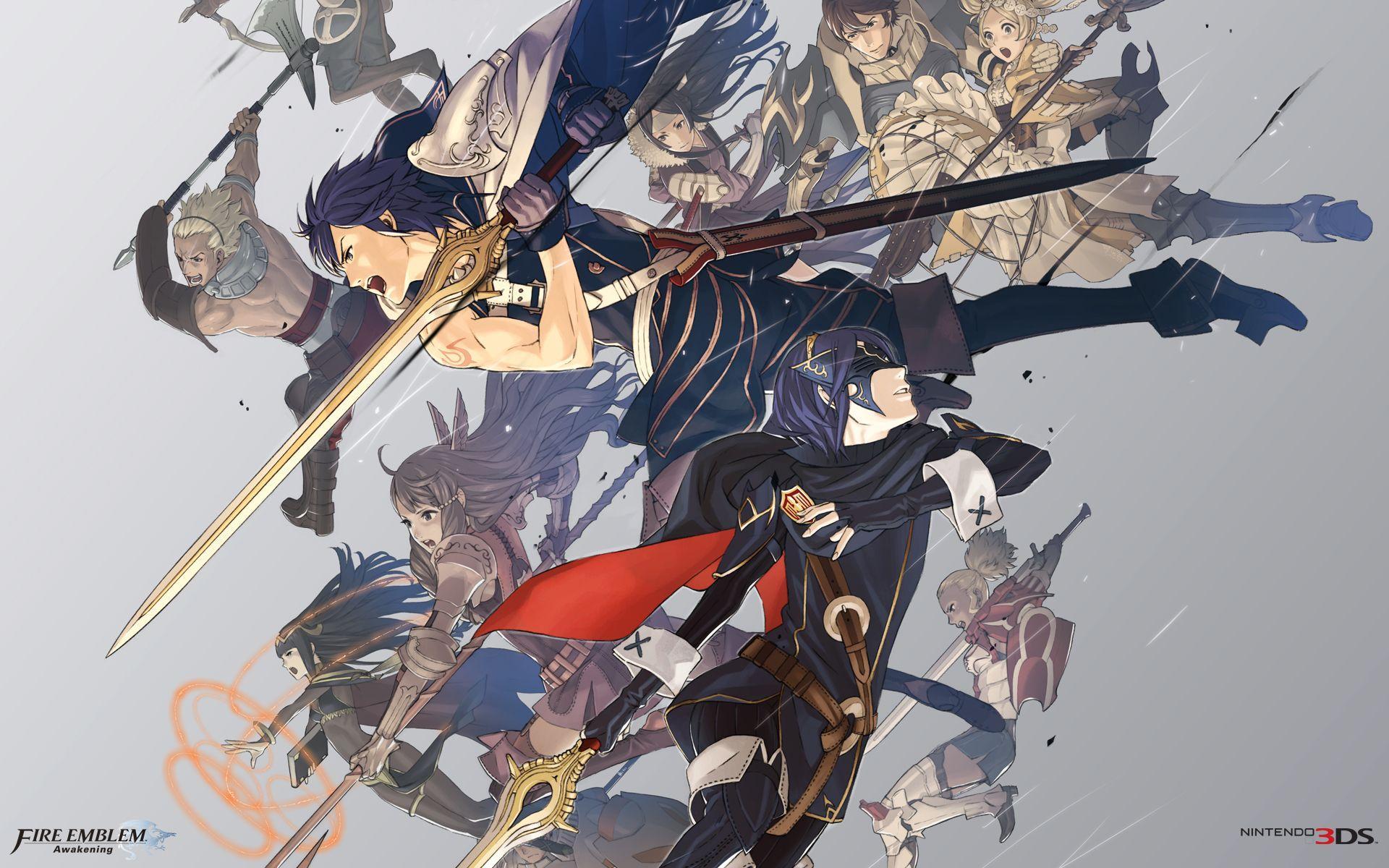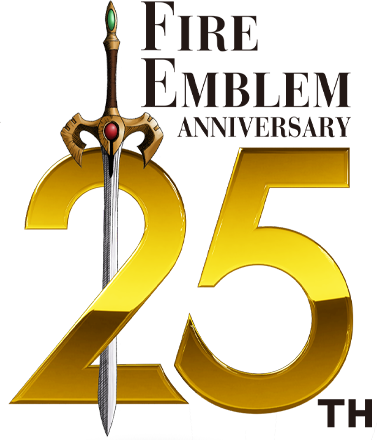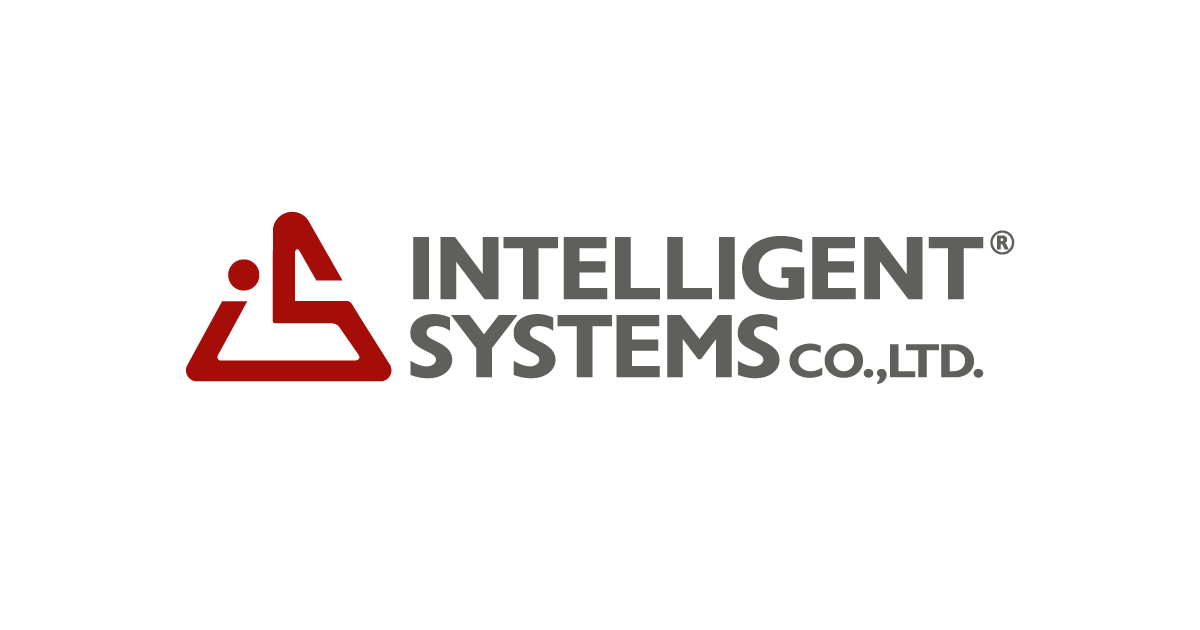
"The Emblem series isn't making the numbers, so this is going to be the last one."
Looking at the sales numbers and popularity of the Fire Emblem series today, it might be hard to believe the series was on the verge of death a little over ten years ago. The latest release, Fire Emblem: Three Houses, has 3.4 million total sales as of December 2020. During the Game Awards of 2019 there was a 100% fan-voted award where users would decide their favorite game of the year out of 30 selected titles in a competitive vote; Fire Emblem: Three Houses was the winner of the first Player's Voice award. In 2021 around 50,000 Japanese citizens voted for their favorite TV videogame software throughout the years, Fire Emblem: Three Houses receiving an impressive 23rd place of the top 100 games revealed. Clearly, across the world there is appeal and a sizable following for Fire Emblem games currently. Looking back there’s one factor that altered the course of this franchise into its growing popularity- and its name is Fire Emblem Awakening.
Context
With the GameCube, the Fire Emblem series had made its triumphant return to home consoles after three GBA titles. Path of Radiance had required more time and money to develop compared to the portable games, and unfortunately hadn’t sold better despite the increased cost. It sold 100,357 copies in its first week in Japan. That game would receive a sequel Radiant Dawn which was developed for Wii hardware instead. When producing a sequel game, one would assume that development and production cost would be reduced due to returning characters, reusing assets, maps and mechanics, etc. However developing for the Wii had required the developers at Intelligent Systems to scale up, doubling its staff, just to produce the title. Despite the increased effort Radiant Dawn released on Wii to first week sales of 73,337 in Japan.
The next two Fire Emblem games had smaller budgets and moved back to portable systems, with Fire Emblems 11 and 12 being Shadow Dragon and New Mystery of the Emblem. These were remakes of the 1st and 3rd FE games, with the original Mystery of the Emblem being the bestselling FE of the franchise before the series was localized. These remakes were also released on the Nintendo DS, a gaming system flying off the shelves worldwide. Despite these boons, Japan’s first week sales of both titles was 147,704 for Shadow Dragon and 147,045 for New Mystery of the Emblem. Overseas Nintendo didn’t bother translating the 12th FE game, New Mystery of the Emblem.
After seeing the sales trend of the recent FE games Shinji Hatano, the former head of Nintendo’s sales department, gave the development staff at Intelligent Systems his verdict. "The Emblem series isn't making the numbers, so this is going to be the last one."
If the thirteenth title of the Fire Emblem franchise did not sell at least 250,000 units, the series would come to an end.
Awakening
With their backs against the wall, the developers at Intelligent Systems discussed at length various ideas of what a final Fire Emblem should be. When looking at the number of copies sold for the Radiant FEs and the recent DS titles, they all sold similarly despite being on different systems with very different budgets. From this, one can concur that IS was able to capture and sell to the core FE fanbase who bought and supported each title in the series. But what could the developers do to improve Fire Emblem's selling power and capture a new, larger audience?
One direction was to move away from the old look of Fire Emblem, an example shared by staff was to set the next FE on Mars instead of being in medieval times. Moving away from the look of Fire Emblem games of the past also could be interpreted as utilizing an art direction for this final title that separated it from its predecessors and had the potential to bring in a new audience to Fire Emblem. The team at IS had a difficult time deciding what road to take but ultimately the idea that landed was to make a culmination of the series’ best features. After all, if this was the very last Fire Emblem game, the developers wanted to include their favorite features from the series’ long history.
Some notable inclusions and the Fire Emblem game its from:
- Casual Mode (where there is no permanent death of units) -FE12
- Character Creation -FE12
- Marriage and Child Units -FE4
- Skill System -FE4
- Traversable world map -FE2
- Multiple promotion options -FE2
- Support conversations -FE6
- Weapon forging system -FE9
Wanting to have a fresh start to the franchise, the team went with Awakening as the name. To have Awakening’s art direction be distinct from previous Fire Emblem titles the staff brought Toshiyuki Kusakihara as art director and Kozaki Yusuke in as character designer and illustrator, two people who had little to no involvement with Fire Emblem before Awakening. Additionally, there was a stronger focus on the characters in Fire Emblem Awakening through the new Pair Up mechanic easily forming bonds between units with quirkier personalities.

By combining beloved strategic features from past games which would satisfy longtime FE fans with a new, more contemporary art style with endearing characters that should capture a wider audience's interest into the Fire Emblem series, the developers at IS laid every chip on the table- bet everything and used all they had- to make Awakening.
Reception, Release, and Legacy
Fire Emblem Awakening was announced in September at Nintendo's 2011 3DS Conference with the first trailer shown at Tokyo Game Show that year.
The critical reception to Awakening was filled with high praise. Many critics were grateful for the inclusion of Casual Mode which lowered the entry bar of difficulty, while others commended the game for its story and characters. Overall, the title was recognized for its high production values while retaining strategic challenges and accommodations for people new to strategy games. Awakening is still the highest rated Fire Emblem title on Metacritic with a 92 metascore.
When the game released in April of 2012 in Japan the initial sale figures were staggering- Awakening was the fastest selling Fire Emblem in the series history, selling 81% of its initial shipment. With first week sales of 242k units it was fair to say the development team had ensured that the Fire Emblem series would not be canceled. Sales numbers overseas matched the fervor in Japan for Fire Emblem Awakening. In North America the game sold 180,000 units in the first month, which was the best first month sales for the franchise in NA.
As of December of 2020 Fire Emblem Awakening has reached total sale numbers of 2.33 million units, the first title in the series to surpass 1 million units sold.
The success of the game led to a revival of interest in the series and green-lit two games immediately; Awakening's successor game, Fire Emblem Fates, and an enhanced remake of Fire Emblem Gaiden, eventually being named Fire Emblem Echoes: Shadows of Valentia. Additionally when DeNA and Nintendo partnered to create mobile games, Fire Emblem was chosen as the 2nd Nintendo property to be represented on mobile. Fire Emblem Heroes is the top-grossing mobile gaming title owned by Nintendo, generating close to $1 billion in revenue in 5 years since launch.
To restate the beginning statement, it can be difficult to believe that in 2010 this franchise could have been shelved for good due to low sales numbers.
The work Intelligent Systems put into Awakening was the turning point of the series, by taking a risk through changing the art direction of Fire Emblem and placing their focus on the characters, as well as providing easier options to play the game, the bar of entry was lowered significantly and the scope of consumers increased as well. The success of Awakening may have saved its franchise’s future, but it also provided an example of a SRPG that sold well in Japan and overseas. Without Fire Emblem Awakening and future FE games sparking consumer interest in the genre, new SRPG titles like Team Asano’s Triangle Strategy and Square Enix’s The Diofield Chronicle may not have been greenlit for production. As videogames get more expensive to develop it makes logical sense for larger publishers to create fewer titles that appeal to the widest variety of people, like funding an open world RPG instead of a game from a less popular genre.
The fact that Fire Emblem Awakening was a game so successful that it revitalized not only its franchise but a dying genre makes its Sales Story one to be remembered.
If you're still interested in learning more about Fire Emblem Awakening, I would recommend reading through the Iwata Asks for FE Awakening and Fates found here. The First Week numbers used in the Context Section was sourced from the Game Data Library, linked below as well. A table organizing the sale figures of all the Fire Emblem titles is in the fourth link, and a comment and link below that about FE's history:

Iwata Asks - Fire Emblem: Awakening - Page 1
Read the in-depth interview conducted by former Nintendo Global President Satoru Iwata.

Iwata Asks - Fire Emblem Fates - Page 1
Read the in-depth interview conducted by former Nintendo Global President Satoru Iwata.
Game Data Library
Digital IS NOT included. The SKU Option is vital for browsing the data on this page, and without choosing an option the data will appear messy, with the same game appear over and over again. The All SKUs option makes the table displays all the individual SKUs on released on the platform, which is

Fire Emblem
Fire Emblem is a long running strategy role-playing franchise developed by Intelligent Systems and published by Nintendo. The first game released in 1990 on the Nintendo Entertainment System. The games revolve around tactical movement of sword-wielding characters across grid-based environments...
Last edited:






